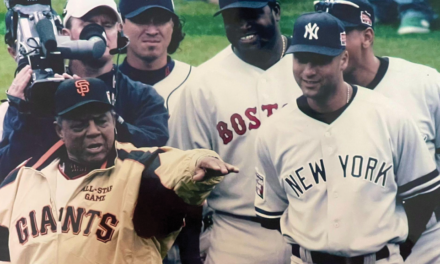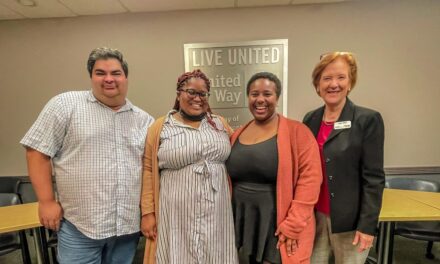
By Megan Sayles, AFRO Business Writer
Report for America Corps Member
msayles@afro.com
The Baltimore Development Corporation (BDC) recently released its final Baltimore Together report after two years of gathering insights, feedback and recommendations from over 300 diverse stakeholders.
The report serves as the city’s comprehensive economic development strategy for the next five years. A major part of its vision is to cultivate an economy centered on diversity, inclusion and resiliency. Specifically, Baltimore Together seeks to ensure economic opportunities for people of color to strengthen their businesses and build generational wealth in their communities.
“I think that there are sort of two folds to Baltimore together. One is trying to build a more equitable and inclusive economy because it’s the right thing to do and because we have this legacy of historic racism and systemic racism that we’ve called out in the vision,” said Colin Tarbert, president and CEO of BDC. “The other piece is it’s an economic development strategy in terms of being more diverse and inclusive.”
Two of the report’s key findings that directly related to African American residents were that Baltimore had wide economic racial disparities and BIPOC-owned businesses account for a small share of business revenue and are primed to fuel economic growth.
While over 50% of Baltimore’s privately-held businesses are BIPOC-owned, they only account for 12% of the city’s total business revenue. The median personal income for Black residents also lags behind White residents with over a $25,000 gap in 2019.
To combat these inequities, Baltimore Together offered solutions based upon access to capital and the delivery of technical assistance.
The report called for an initiative to support risk embracing lending to BIPOC-owned small business owners who have low credit scores or face other barriers to traditional lending. It also expressed a need for more incubator programs, more local investment, livable wages and targeted investment in neighborhoods with majority residents of colors.
“There’s a series of efforts through housing and community development and through Live Baltimore and others to invest in communities of color, many of which have been disinvested for years,” said Tarbert.
Baltimore Together also touched on the need for affordable housing for people of color to build wealth through homeownership, as well as emphasized the importance of developing vacant buildings.
BDC plans to appoint a person or group of people to oversee the implementation of Baltimore Together. The agency also plans to continually share information with the public about the progress of Baltimore Together on social media and its website.
The report laid out metrics to measure improvements to the city’s economy. Those directly related to the formation of a more equitable economy include the median income gap between White and Black residents, employment gap between White and Black residents, percentage of Black-owned businesses and revenue by race of business ownership.
“The first goal, which is number one for a reason, is to build an equitable economy, and the specific objective there is to eliminate racial disparities,” said Tarbert. “That’s a heavy lift. There’s still racism prevalent in our country, so will we eliminate economic racial disparities? Probably unlikely, but will we close the gap? I hope so.”
Help us Continue to tell OUR Story and join the AFRO family as a member – subscribers are now members! Join here!
The post Baltimore Together report lays out economic development strategy that prioritizes building an equitable economy for BIPOC communities appeared first on AFRO American Newspapers .











